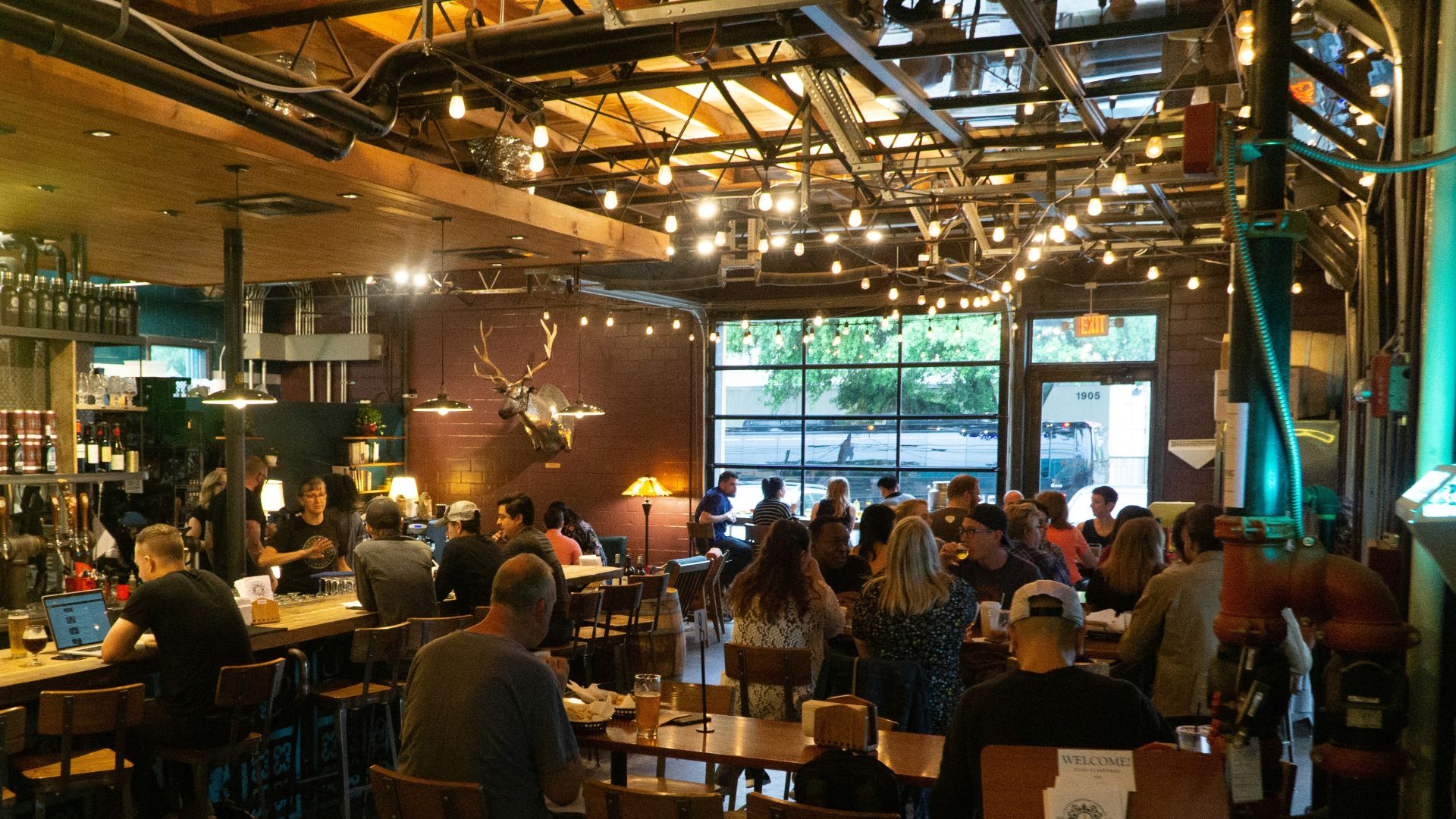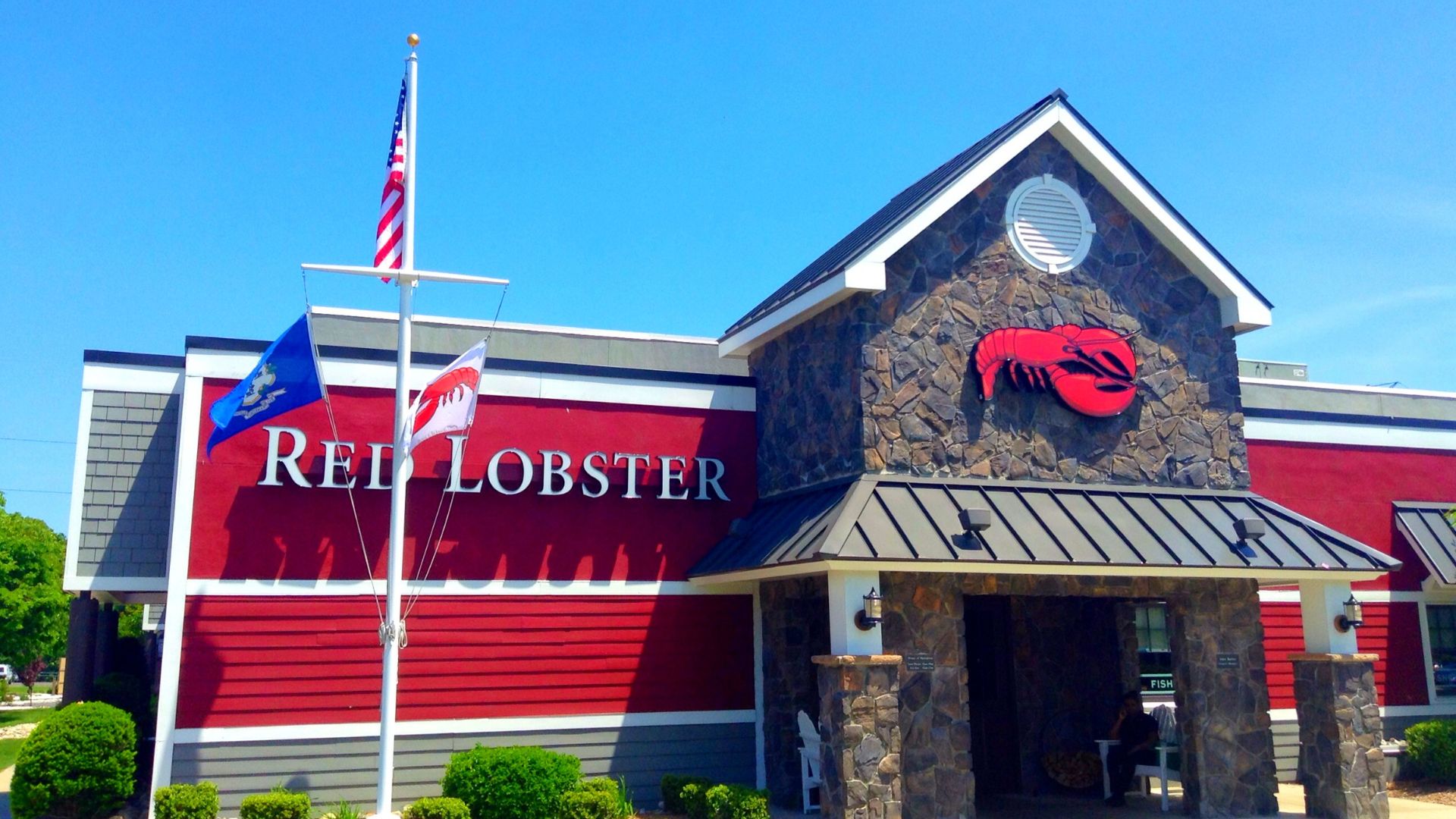Kevin O’Leary, of “Shark Tank” fame, recently opened up about why restaurants in the United States are struggling, while also warning of what the future holds for these establishments.
O’Leary’s comments come as many U.S. restaurants have recently announced they are filing for bankruptcy, or that they’re closing down many locations.
Restaurants Struggle in the U.S.

For months now, countless restaurants throughout the United States have appeared to be massively struggling to bring about profits.
These establishments have claimed that their failure to succeed is the result of many different factors. Now, O’Leary has revealed what the number one issue for these restaurants is.
Inflation Remains a Huge Problem

According to O’Leary, inflation remains the biggest problem for restaurants. Inflation has caused prices across the board to skyrocket over the last few years.
Because menu prices have now become too expensive for many, American consumers have stopped eating out at restaurants as much as they previously had.
Pandemic Issues Remain

O’Leary also stated that some issues that arose during the COVID-19 pandemic are still apparent.
He wrote in the Daily Mail, “The inflation virus is still infecting America’s post-pandemic economy. Supply chains crippled by the COVID pandemic lockdown haven’t recovered. Food costs – especially for proteins like chicken, beef and seafood – are up 30 to 40 percent over the last 36 months.”
Consumers Have Stopped Paying High Prices

When inflation first began to raise the prices of food and services around the country, the majority of consumers stayed resilient against these prices. They kept spending money.
However, 2024 changed that. Suddenly, consumers stopped spending as much money, as many had become tired of having to cough up so much money simply when they were eating out at a restaurant.
Different Eating Habits

O’Leary also pointed out that many Americans changed their eating habits and food spending methods during the pandemic.
In order to stay at home during the worst of the pandemic’s days, many Americans became accustomed to ordering from restaurants from the safety of their own home.
Ordering Delivery Services

O’Leary claimed that many of these consumers are still using these delivery services or ordering from takeout.
“Sixty million Americans – a massive chunk of the population that is aged 60 years and above – were forced to use their smartphones to order a ‘treat’ dinner for the very first time in 2020,” O’Leary wrote. “But now, these consumers are comfortable requesting Chinese from their living room couches.”
Different Work Environments

The pandemic also changed how many people work. Instead of most people having to go into an office or workplace, many people have managed to thrive in remote or work-from-home environments.
O’Leary has stated that this has hurt regular brick-and-mortar restaurants, as fewer people are going out to eat for lunch or with colleagues after work.
Restaurant Closures May Become Common

Because inflation remains such a problem, O’Leary insinuated that even more restaurants may start to close up.
Many restaurants have had to close their doors over the last few months. Most notably, Red Lobster filed for bankruptcy and closed down many locations.
O’Leary’s Warning

O’Leary also took the time to deliver a warning about how terrible inflation has become, writing, “Inflation is devastating for average-income earners (making $68,000 a year) with budgets already tight and hikes in transportation, housing and energy costs.”
He added, “Unfortunately, there’s no telling when – if ever – these prices will come back down to Earth.”
How Businesses Can Thrive

Clearly, there are many factors at play here, though inflation remains the biggest issue for restaurants in the United States.
However, O’Leary stated that these restaurants can still thrive today — but they need to find a way to adapt to these new economic times if they’re truly going to do well and bring in profits.
Businesses Have to Reorganize

O’Leary stated that businesses must figure out how to reorganize themselves, if necessary, to survive in these trying times.
“Some businesses will have to go bankrupt, reorganize themselves entirely and move to less expensive areas,” he explained.
